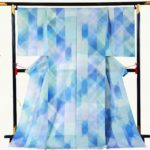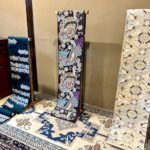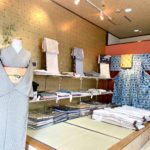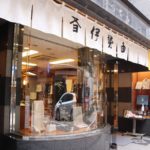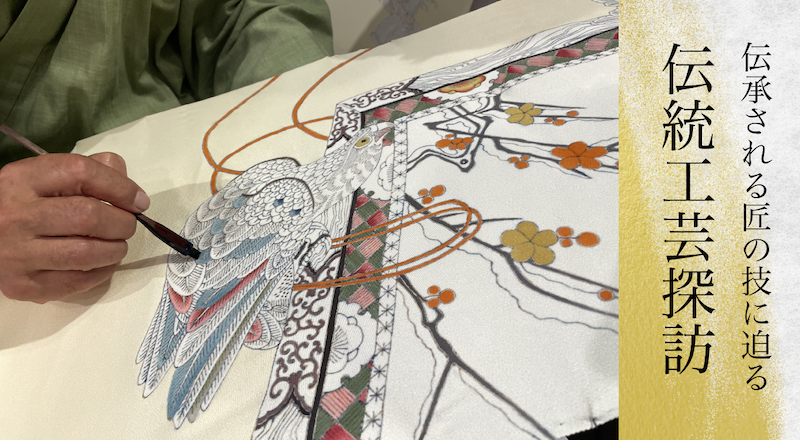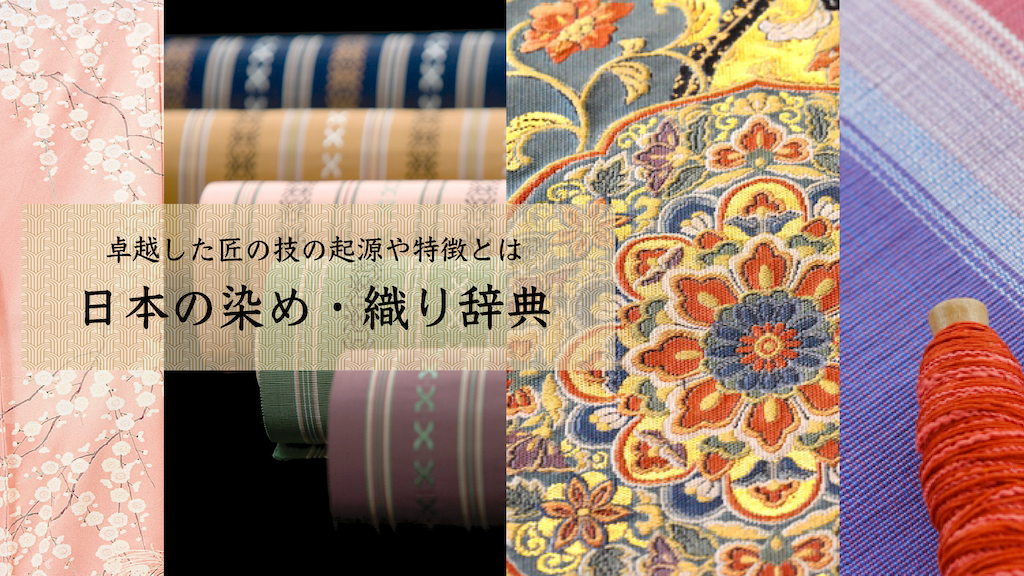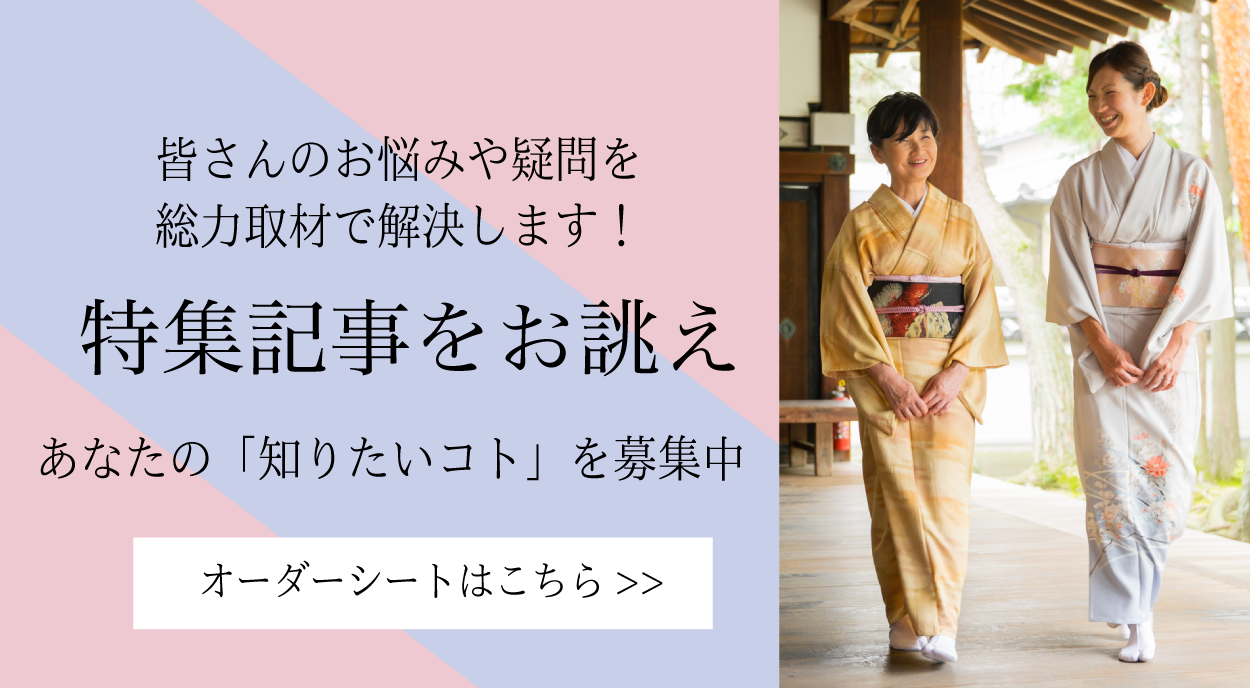多摩織
Pronunciation: Tama-ori
Production area: Hachioji City, Tokyo
Tama-ori is a textile produced in Hachioji, once known as the “City of Mulberry.” The region thrived as a major center for sericulture, silk reeling, and weaving, with records indicating that silk textiles were already being woven here during the Heian period. In the late Muromachi period, weaving was promoted as an industry, establishing its foundation as a production area. Particularly after the Meiji era, rapid modernization accelerated technical development. Tama-ori is a collective term for five types of weaving rooted in Hachioji textiles: Omeshi-ori, Futsu-ori, Tsumugi-ori, Mojiri-ori, and Kawaritsuzure. It is regarded as the culmination of diverse techniques cultivated in a region known for its wide variety of silk weaving. One of its representative techniques is “Zurashi-gasuri,” in which 1,200 dyed silk warp threads are intentionally shifted during weaving to create calculated variations in geometric Kasuri patterns. Each piece is woven by operating the loom with both hands and feet, making subtle adjustments with every movement, resulting in a natural texture unique to handweaving. In 1980, Tama-ori was designated a Traditional Craft by the Minister of Economy, Trade and Industry.

